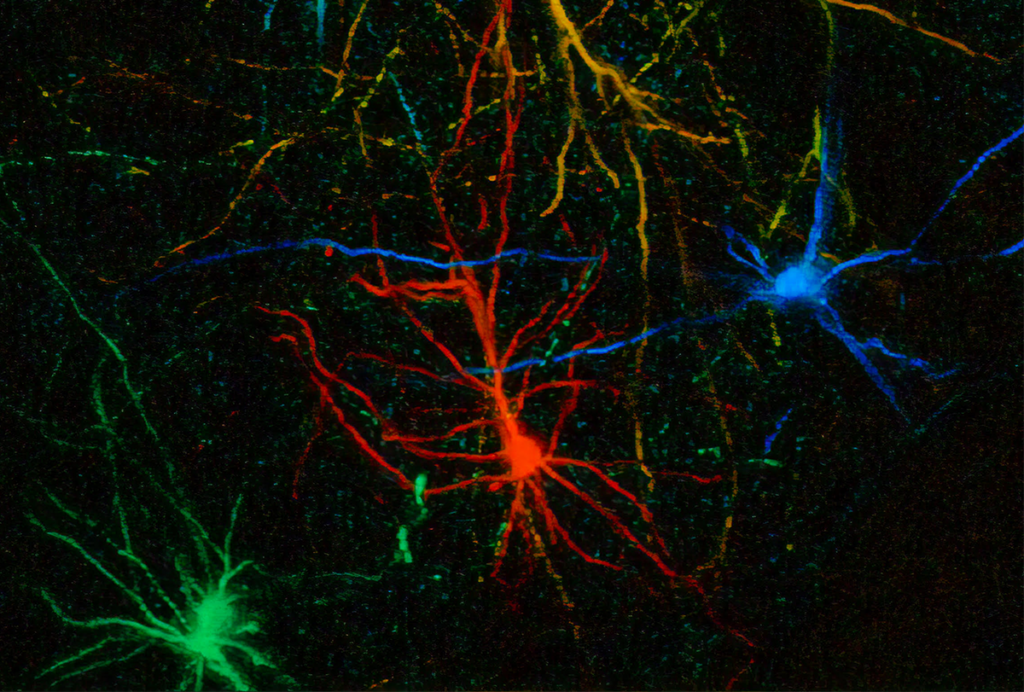Navigating autism’s gender gap
The number of people in a study, the proportion of male and female participants, and many other factors can affect research on sex differences in autism, says Thomas Frazier.
Males are four to five times more likely to have autism than females are: This powerful observation implies not only that males are at greater risk of autism, but that there may be real differences in the expression of autism between the sexes.
In the March issue of the Journal of the American Academy of Child and Adolescent Psychiatry, my colleagues and I reported on the largest examination to date of sex differences in autism1. We found that females with the disorder tend to have more social communication impairment, poorer daily living skills and greater irritability, but less restriction of interests than do males with autism. We also found that these differences may have implications for their diagnosis and care.
In a letter to the editor about our article in June, Eric Morrow and his colleagues suggested that sex differences in autism are not consistent across samples, particularly when you subgroup samples according to age and intelligence quotients (IQ)2. They argued that in some samples, sex differences are strong and easily detected, whereas in other samples they are weak or not present at all.
In our reply, we acknowledged that it is possible, if not likely, that sex differences will vary a bit across samples3. But we also pointed out another possibility — that sex differences in autism are small and therefore difficult to detect when you slice a sample into smaller groups by age and IQ.
Supporting this possibility, our work relied on the Simons Simplex Collection, which includes 304 females and 2,114 males with autism. (The collection of data from families that include one child with autism and unaffected parents and siblings is funded by the Simons Foundation, SFARI.org’s parent organization.) This is a large sample, and most sex differences tended to be small in magnitude. We would not have detected many of these differences as statistically significant if we only had 50 females and 200 males with autism available to analyze.
Fair comparisons:
Morrow’s commentary also pushed us to think about other factors that may influence study of sex differences. We were able to generate a list of factors that are important not only for studying differences between males and females with autism, but for any study of the disorder that compares two or more naturally occurring groups.
One important consideration is making sure that you are selecting groups that are actually comparable. This seems obvious but it may not always be.
For example, when comparing males and females with autism, it may be that the females were selected from families with more educated parents than the parents of the males. This can dramatically influence results for some measurements, especially ones based on parent interviews or questionnaires. This problem is often referred to as selection bias.
In studies of naturally occurring groups, it is important that scientists examine whether the groups are comparable, and if not, use methods that can appropriately adjust for any imbalance.
Another common problem in studies involving questionnaires or interviews is to make sure the measurement is evaluating groups equally. Some measures can be biased toward one group or another. Our study was the first to examine this issue with symptom measurements, and luckily we found no differences in how symptoms were being measured in males and females. This is a crucial issue that needs more examination, particularly for studies of sex differences in autism.
Finally, one important factor to consider is the source of information: parent or caregiver, clinician, or objective test. The differences reported between males and females with autism may be due to the sex of the rater rather than the sex of the child. Mothers are often the primary source of symptom information for children with autism, for example.
In these situations, it is important to look for convergence across sources and, if possible, to collect objective measurements that are less susceptible to measurement biases. Interested research consumers should make it a point to look at whether the investigators attempted to account for these problems, or at least acknowledged them in the discussion of their results.
Thomas Frazier is director of the Center for Autism at the Cleveland Clinic in Ohio.
References:
1. Frazier T.W. et al. J. Am. Acad. Child Adolesc. Psychiatry 53, 329-340 (2014) PubMed
2. Howe Y.J. et al. J. Am. Acad. Child Adolesc. Psychiatry 53, 698-700 (2014) PubMed
3. Frazier T.W. et al. J. Am. Acad. Child Adolesc. Psychiatry 53, 700-701 (2014) PubMed
Recommended reading

PTEN problems underscore autism connection to excess brain fluid

Autism traits, mental health conditions interact in sex-dependent ways in early development

New tool may help untangle downstream effects of autism-linked genes
Explore more from The Transmitter

Newly awarded NIH grants for neuroscience lag 77 percent behind previous nine-year average

